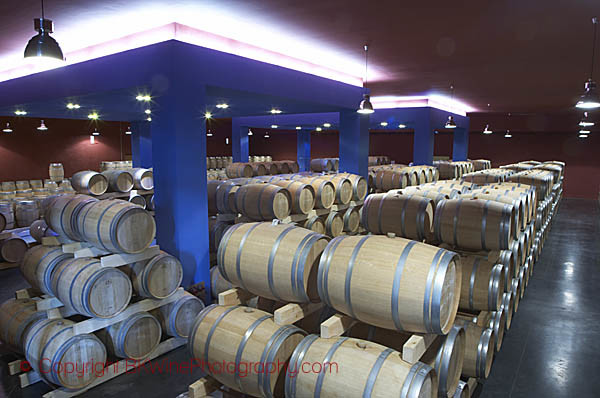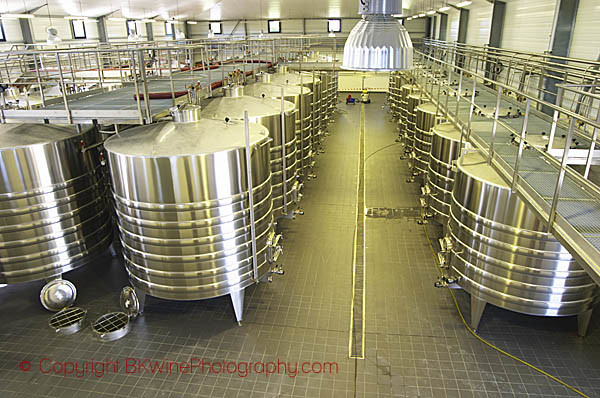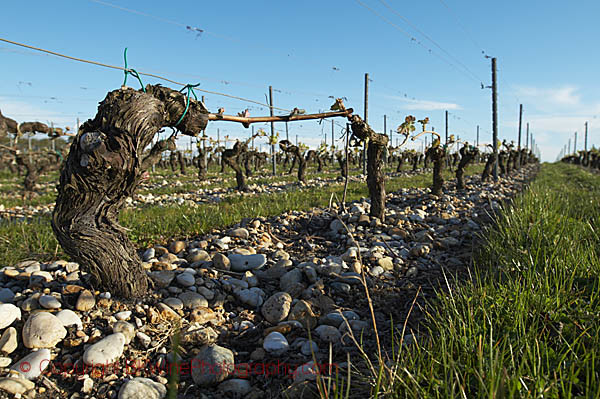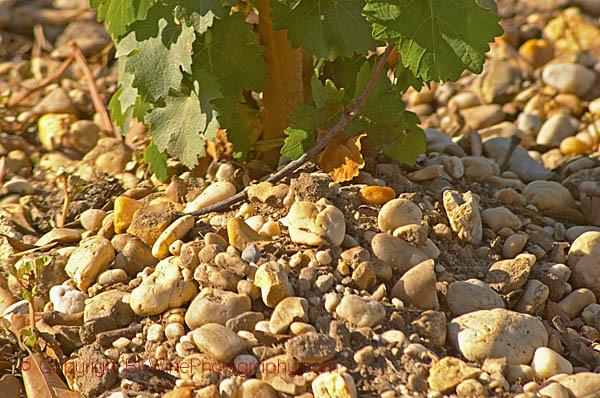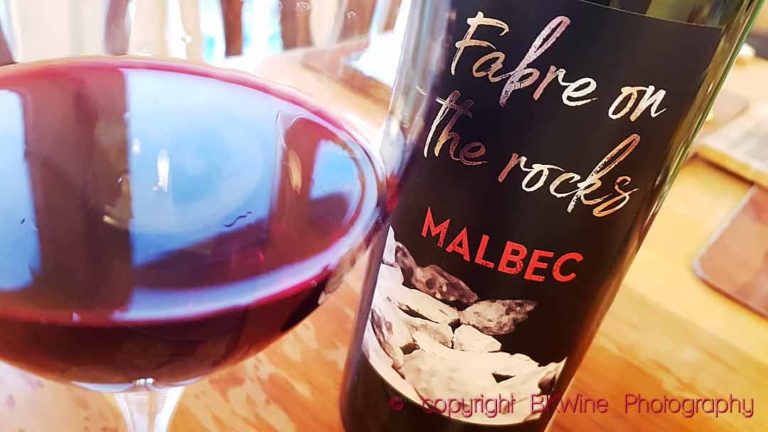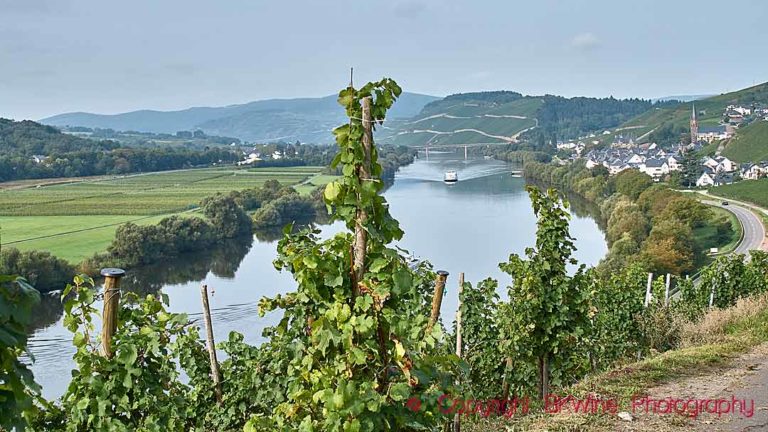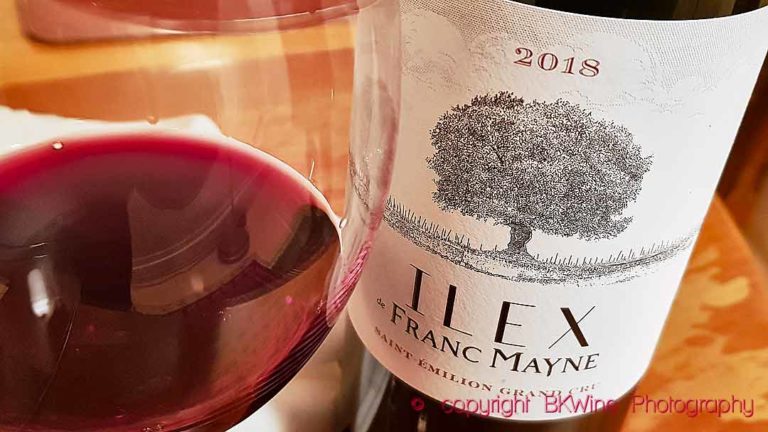Oenoforos is one of the largest importers in Sweden. They also have a subsidiary called Carovin. The roles are divided so that Carovin handles the smaller niche producers and Oenoforos the major brands (although this is not always true). The group also includes the impressive Swedish wine production facility Nordic Sea Winery in Simrishamn. So when Oenoforos arrange a line-up of their range there will be a lot of wines. BKWine Magazine’s reporter Lennart Stengård picked out some of his favourites.
On the Oenoforos wine fair in the Munich Brewery on Söder in Stockholm there were a number of producers present. The selection was overwhelming. After a short tour of the premises, I decided to taste Dourthe’s wines and the wines from Bürgermeister Schweinhardt, a small producer from the Nahe. I chose these two because a few years ago I drank the red Dourthe No1 which made me curious about the whole range of Dourthe wines all the way up to Chateau Belgrave, that I had never tasted. Bürgermeister Schweinhardt was particularly interesting since the owner himself was there and I had wanted to taste some German wines.
Dourthe
I have previously tasted some wines from Dourthe so I went to speak with Julien Fourcade, their representative on site. He took me through the whole range that they have at Systembolaget (the Swedish monopoly retailer).
Dourthe has properties in several of Bordeaux’ sub-districts, from which they make wine. They do not own Chateau Belgrave but are contracted to manage it and makes its wines since 1979. The strategy for their entire range of red wines is to make the lower priced wines available for most consumers by having a large proportion of merlot. The finer the wine, the more cabernet sauvignon, and consequently less merlot. Julien sees it as a way to introduce wine drinkers progressively to wines of Grand Cru Classé level. I tasted the reds in order Dourthe No1, Château Pey La Tour Réserve, Diane de Belgrave Château Belgrave and Chateau La Garde Collection.
One can easily conclude that the wines have high quality in relation to their price. What you want to pay for a wine is of course a personal choice but Chateau Pey La Tour Reserve is certainly very accessible for 15 euro (all price indications are approximate and based on Swedish retail).
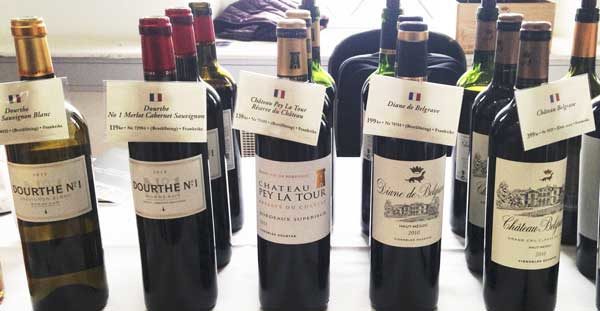
Dourthe No1 Sauvignon Blanc, ~11 euro
Made from carefully selected grapes from different vineyards. After picking there is some skin maceration and fermentation at low temperature. The wine is then aged on the lees for 6 months.
The wine is tight and balanced with some lime flavour without being overly aromatic. A wine to my taste because I like less flowery wines.
Dourthe No1, Merlot, Cabernet Sauvignon, ~13 euro
A wine made from grapes from several different vineyards. Grapes: merlot, 70% cabernet sauvignon 25%, Petit Verdot 5%.
Dourthe has just changed from the 2012 vintage, which was “perfect to drink now” to 2014 which will benefit from a few years in the cellar. The wine is pretty tight and still has a very distinct acidity. That said, a very good wine given 1-2 years ageing, certainly worth buying.
Chateau Pey La Tour Réserve du Château 2011, ~15 E
A wine that is ready to drink now, 2011 matures a bit faster than 2009 and 2010.
Grapes: Merlot 90%, Cabernet Sauvignon 5% Cabernet Franc, 3% Petit Verdot 2%. Aged 12 months in oak of which 30% are new barrels.
The wine has hints of dark berries touches of tobacco and coffee, distinct barrel character. A wine to drink now or in the coming years.
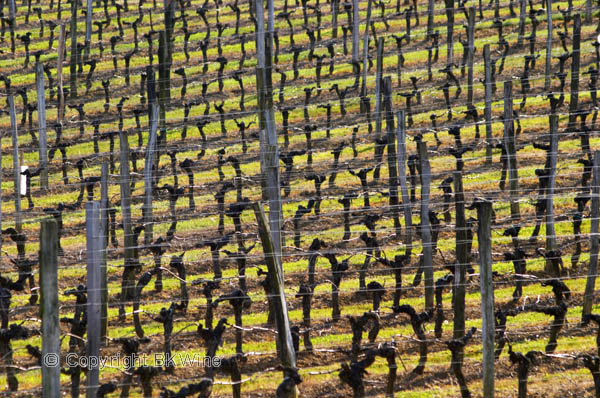
Diane de Belgrave 2010, Haut Medoc (on the border to St Julien), ~22 E
Chateau Belgrave’s second wine, usually from younger vines. The wine is called Diane after the goddess of hunting, Ch Belgrave was formerly a hunting lodge.
Grapes: Merlot 46%, Cabernet Sauvignon 46%, Cabernet Franc 4%, Petit Verdot 4%. Aged 12 months in oak of which 30% are new barrels.
The wine has flavours of dark berries, some hints of tobacco and coffee, distinct barrel character. Will improve significantly with some ageing.
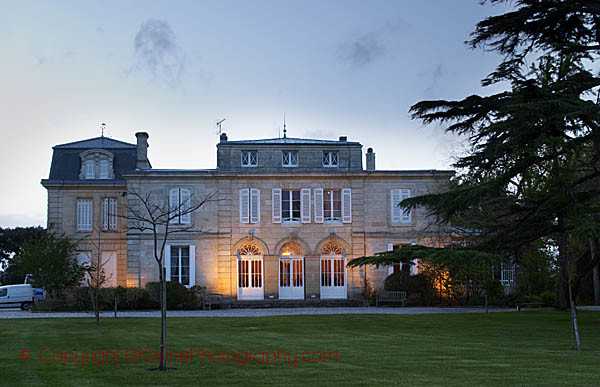
Chateau Belgrave 2010, Haut Medoc (on the border to St Julien), ~44 E
A wine that has repeatedly received very favourable comments. Dourthe has as a stated intention to keep the price below SEK 400 (~45 E) at Systembolaget. Julien is adamant that 2010 is the best vintage to date. The 2015, he says, has a lot of potential and character wise somewhere between 2009 and 2010.
Grapes: Cabernet Sauvignon 65%, Merlot 30%, Petit Verdot 5%.
The wine is dark red. The aroma is fruity with distinct traits of black currants and spices. The wine is well balanced with a long, delicious taste, still young and will improve with ageing. Good value for money when you want to indulge in a more expensive wine.
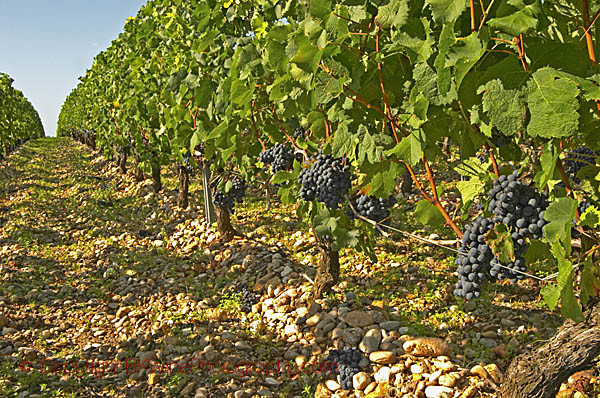
Chateau La Garde 2010, Pessac-Léognan, ~33 E
Grapes: Cabernet Sauvignon 67%, Merlot 31%, Petit Verdot 2%. Kept on its lees for 14 months in oak barrels, 33% new.
Fruity, with flavours of dark berries, pepper and tobacco. Well balanced with soft tannins and some acidity. Delicious now and can safely be aged several years.
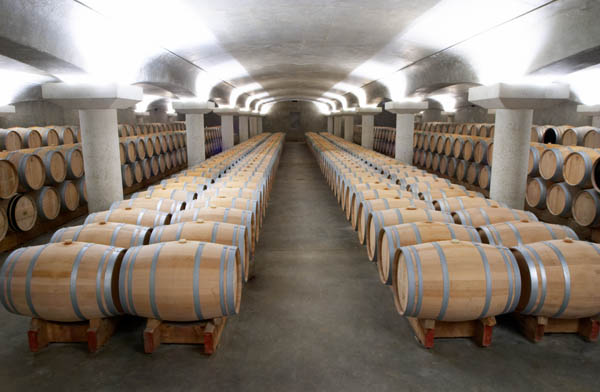
Bürgermeister Schweinhardt, Langenlonsheim / Nahe
Rarely have I met such an enthusiastic winemaker as Axel Schweinhardt. He literally jumping around waiting for us to come to him. Axel owns the vineyard that has been the family for 350 years. He told me that a large part of the production was sold locally and the same families have been buying their wines for generations. Despite the relatively large acreage of 30 hectares they pick all the grapes by hand, they also limit the yields to secure higher quality of the wines.
The Schweinhardt family welcomes everyone to the vineyard; you can stay overnight in their B & B “Heinrich’s” with 8 rooms. They have about 1,500 visitors per year. Langenlonsheim is between Rudesheim and Heidelberg, 45 minutes from Frankfurt Airport.
Meeting with passionate owners / winemakers is always fun. He invited us to try a Riesling Auslese 1992 that he scurried off to fetch from a fridge, obviously not meant for general tasting. This wine was a 1992 Scheurebe Auslese edelsüss, that was a really delicious sweet-tooth wine lots of berry flavours, best served to a dessert.
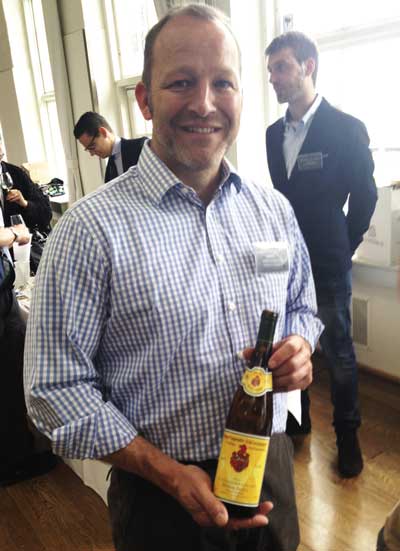
We tasted two wines, a dry riesling and a little sweeter one more like the old stereotype of a “Moselle wine”.
Riesling Löhrer Berg 2014
They have three different soils in the vineyards, red clay with stone, limestone soil and terraces with coarse gravel. This wine is grown in the coarse gravel, Löhrer Berg.
The wine is dry with a taste of lime and fruit with a pleasant taste in the mouth. A wine to drink with or without food, excellently delicious.
Riesling Rothenberg, 2015
This wine is grown in the area with red clay. It is fruity and has a higher level of residual sugar. Axle said that the red clay contributes to the fruity rounder flavour. It made me think of the Moselle (Mosel) valley wines. A wine to drink “in the garden” with good friends. Also a very well made wine.
Lennart Stengård writes för BKWine Magazine on wine tastings and wine events in Sweden.
[box type=”info” style=”rounded” border=”full”]If you want to taste many Bordeaux and perhaps some of Dourthe’s wines then you can come on a wine tour to Bordeaux with BKWine. The Dourthe properties are sometimes on our wine tour programs.
Travel to the world’s wine countries with the experts on wine and the specialist on wine tours.
More and better wine tours. BKWine wine tours.[/box]
